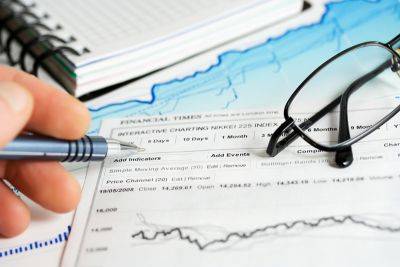See how much higher mortgage rates are actually costing you
AmeriVet Securities head of U.S. rates Gregory Faranello on the Fed pausing rate hikes, his outlook for the market and the UAW strike.
The Federal Reserve ended its long streak of interest rate hikes last week, but the pause may offer little reprieve to Americans squeezed by higher borrowing costs.
The decision left interest rates unchanged at a range of 5% to 5.25%, the highest level since 2001. However, policymakers also opened the door to additional rate increases this year, meaning there could be more pain for would-be homebuyers in the form of steeper mortgage rates.
«Higher rates are a positive for savers, but it also means mortgage rates may not fall all the way back to where they were in 2020 and 2021,» said Sonu Varghese, global macro strategist at Carson Group.
Mortgage rates spiked over the past year as the Fed waged an aggressive campaign to crush high inflation. In the span of just 16 months, the central bank approved 11 rate increases – the fastest pace of tightening since the 1980s.
A pedestrian passes the Federal Reserve building in Washington, D.C., on June 3, 2023. (Nathan Howard/Bloomberg / Getty Images)
MORTGAGE CALCULATOR: SEE HOW MUCH HIGHER RATES COULD COST YOU
While the federal funds rate is not what consumers pay directly, it affects borrowing costs for home equity lines of credit, auto loans and credit cards.
Rates on the popular 30-year fixed mortgage are currently hovering around 7.19%, according to Freddie Mac, well above the 6.02% rate recorded one year ago and the pre-pandemic average of 3.9%. It is near the highest level in two decades.
MORTGAGE DEMAND DROPS AGAIN AS INTEREST RATES EASE SLIGHTLY
Below, you can calculate how volatile increases and decreases in rates could affect the
Read more on foxbusiness.com

























